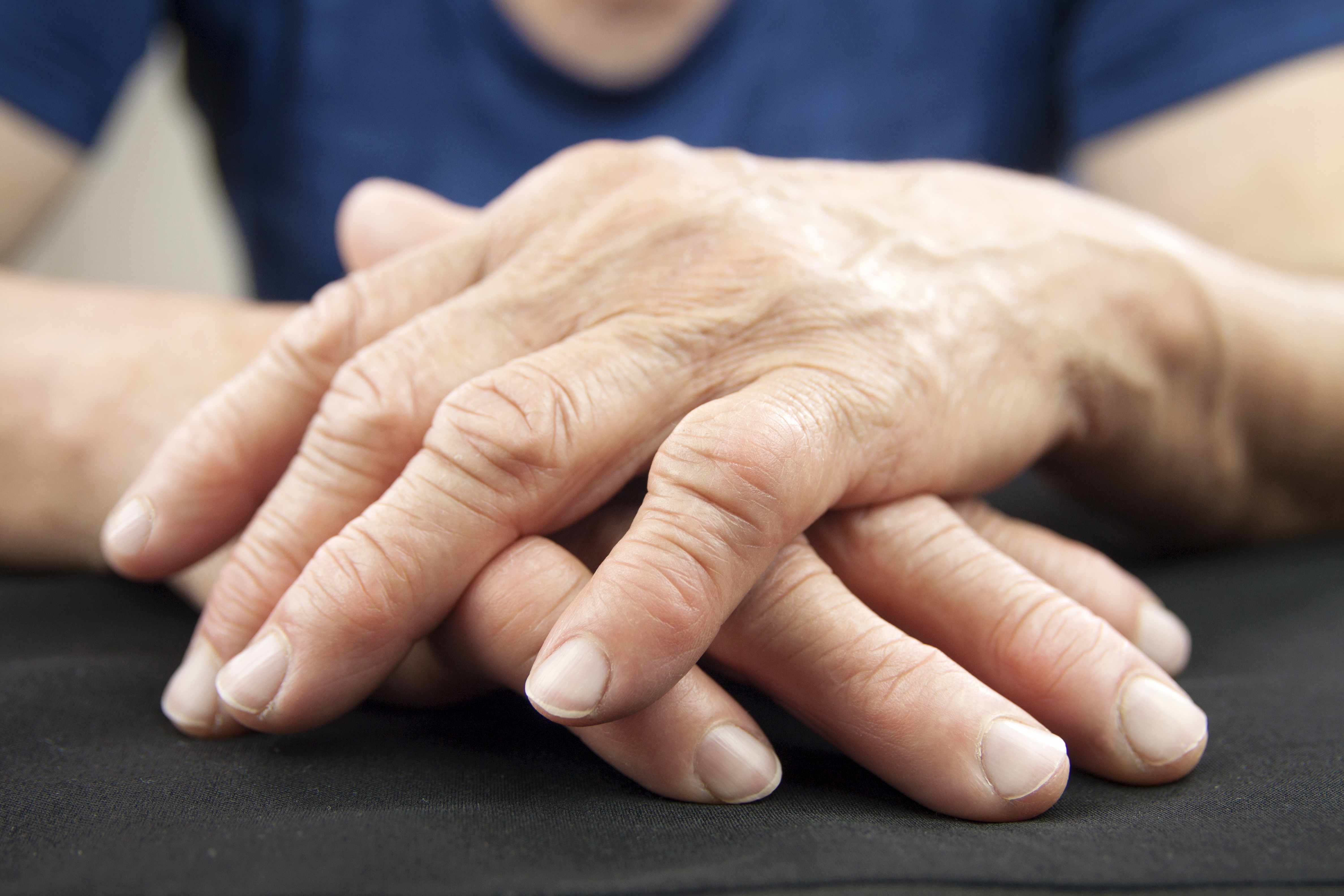-
Featured News
Mayo Clinic Researchers Link Senescent Cells to Most Common Form of Arthritis
 ROCHESTER, Minn. — Researchers at Mayo Clinic have reported a causal link between senescent cells — cells that accumulate with age and contribute to frailty and disease — and osteoarthritis in mice. Their findings appear online in The Journals of Gerontology, Series A: Biological Sciences and Medical Sciences.
ROCHESTER, Minn. — Researchers at Mayo Clinic have reported a causal link between senescent cells — cells that accumulate with age and contribute to frailty and disease — and osteoarthritis in mice. Their findings appear online in The Journals of Gerontology, Series A: Biological Sciences and Medical Sciences.
Osteoarthritis is the leading form of arthritis in the elderly, causing pain, disability and immobility. The disease impacted 30.8 million adults from 2008 to 2011, according to Centers for Disease Control and Prevention. The only therapeutics currently available include treatments focused on pain control, joint replacement surgery or mobility aides, such as canes, braces and walkers.
“Osteoarthritis has previously been associated with the accumulation of senescent cells in or near the joints, however, this is the first time there has been evidence of a causal link,” says James Kirkland, M.D., Ph.D., director of the Robert and Arlene Kogod Center on Aging. “Additionally, we have developed a new senescent cell transplantation model that allows us to test whether clearing senescent cells alleviates or delays osteoarthritis.”
Using the new model, researchers injected small numbers of senescent and non-senescent cells from ear cartilage into the knee joint area of mice. After tracking the injected cells in the mice for more than 10 days using bioluminescence and fluorodeoxyglucose (FDG)-positron emission tomography (PET) imaging, they found that the injection of the senescent cells into the knee region caused leg pain, impaired mobility and characteristics of osteoarthritis, including damage to surrounding cartilage, X-ray changes, increased pain and impaired function.
“We believe that targeting senescent cells could be a promising way to prevent or alleviate age-related osteoarthritis,” says Dr. Kirkland. “While there is more work to be done, these findings are a critical step toward that goal.”
MEDIA CONTACT: Megan Forliti, Mayo Clinic Public Affairs, 507-284-5005, newsbureau@mayo.edu
The research was supported by the National Institutes of Health grants R01 AG013925, R21 AG047984, K01AR065397, R01AR068103, MRM2015 6272; the Orthopedic Research and Education Foundation in collaboration with the Howard Hughes Medical Institute; The Connor Group; and the Noaber Foundation.
Others on the research team include: Ming Xu, Ph.D.; Elizabeth Bradley, M.D.; Megan Weivoda, Ph.D.; Soyun Hwang; Tamar Pirtskhalava, Ph.D.; Teresa Decklever; Geoffry Curran; Mikolaj Ogrodnik; Kurt Johnson; Val Lowe, M.D.; Tamar Tchkonia, Ph.D.; and Jennifer Westendorf, Ph.D., all of Mayo Clinic, as well as Diana Jurk of Newcastle University.
Mayo Clinic and Drs. Kirkland, Tchkonia, and Pirtskhalava have a financial interest related to this research.
###
About Mayo Clinic
Mayo Clinic is a nonprofit organization committed to clinical practice, education and research, providing expert, whole-person care to everyone who needs healing. For more information, visit http://www.mayoclinic.org/about-mayo-clinic or https://newsnetwork.mayoclinic.org/.
Related Articles







